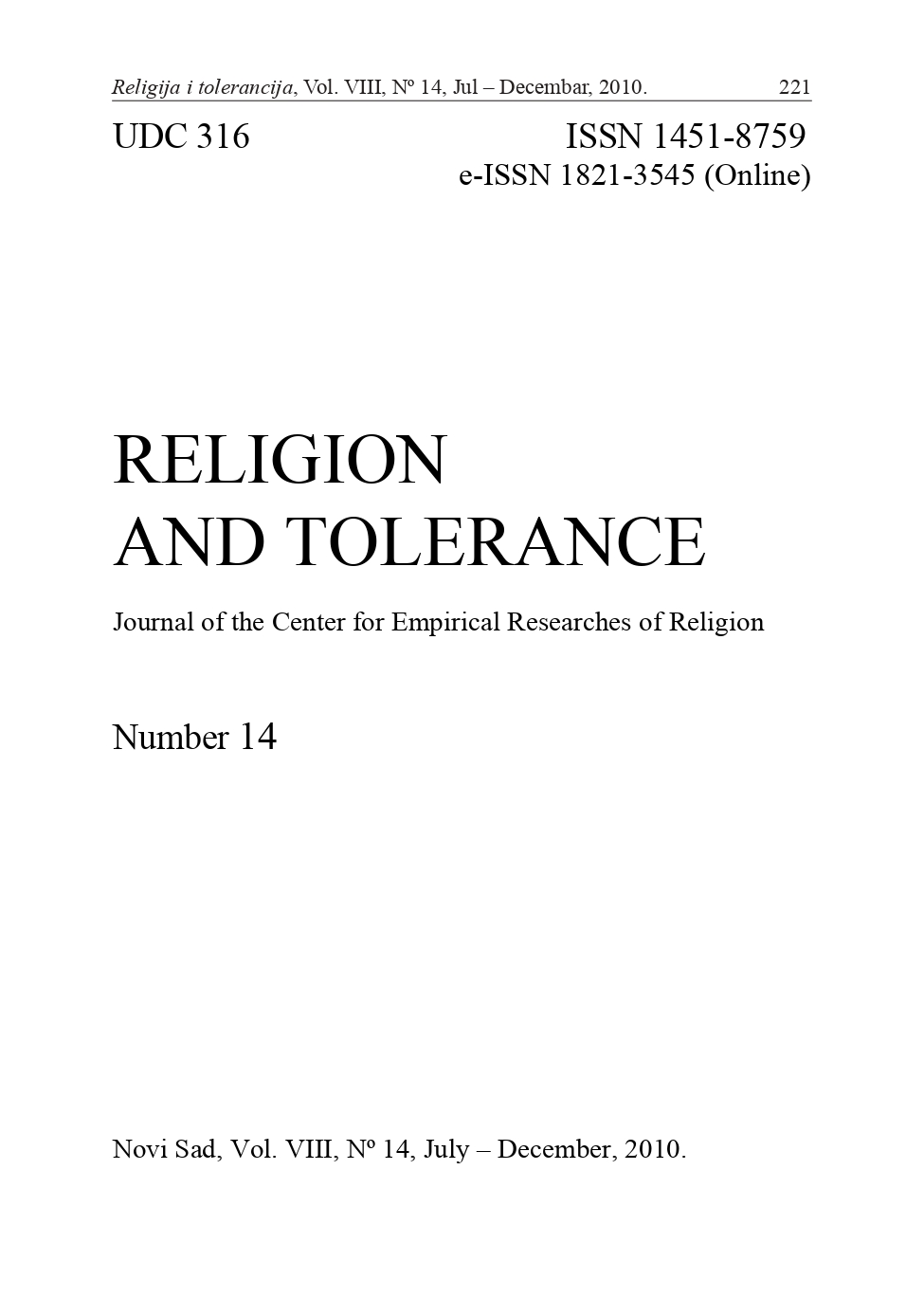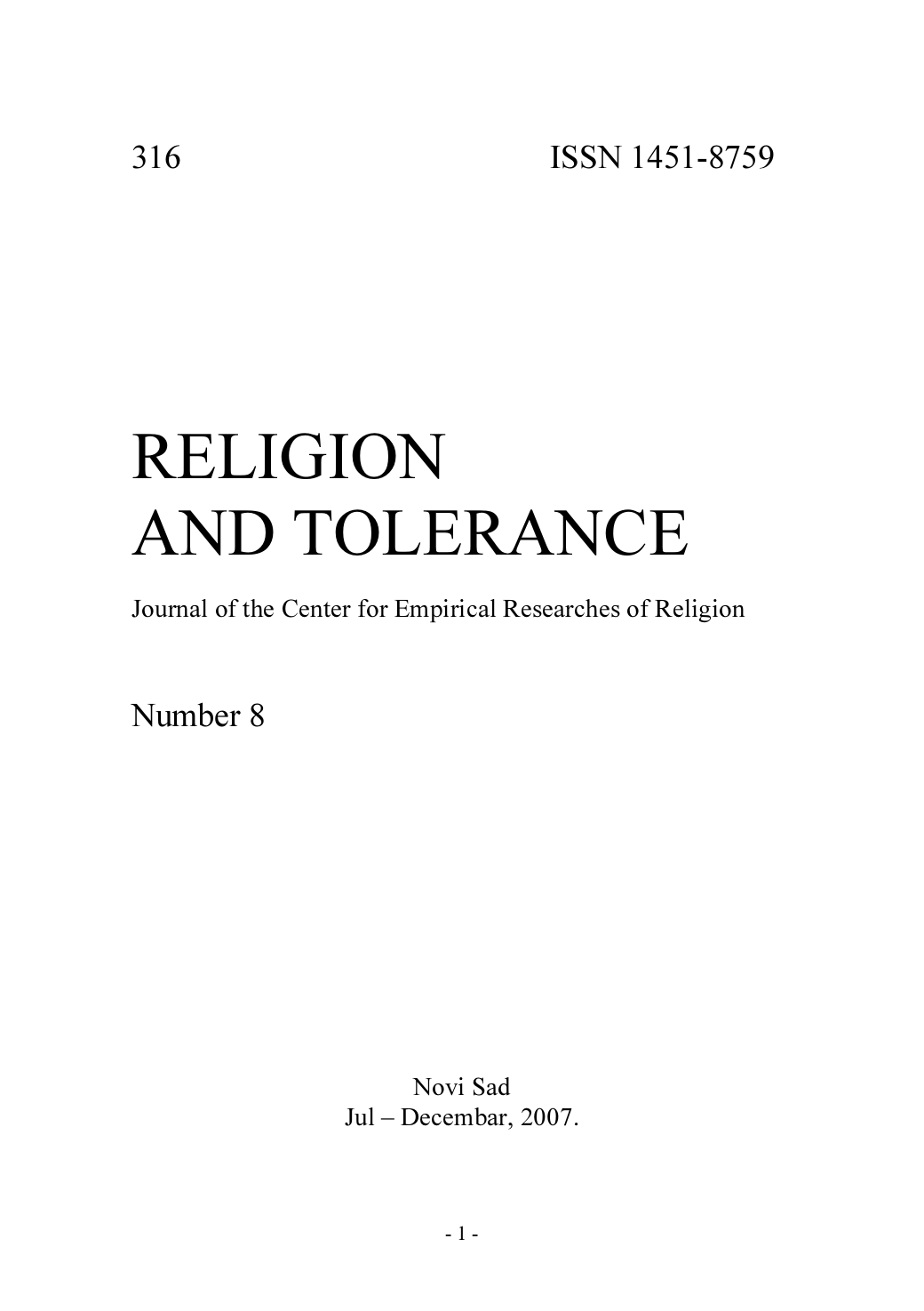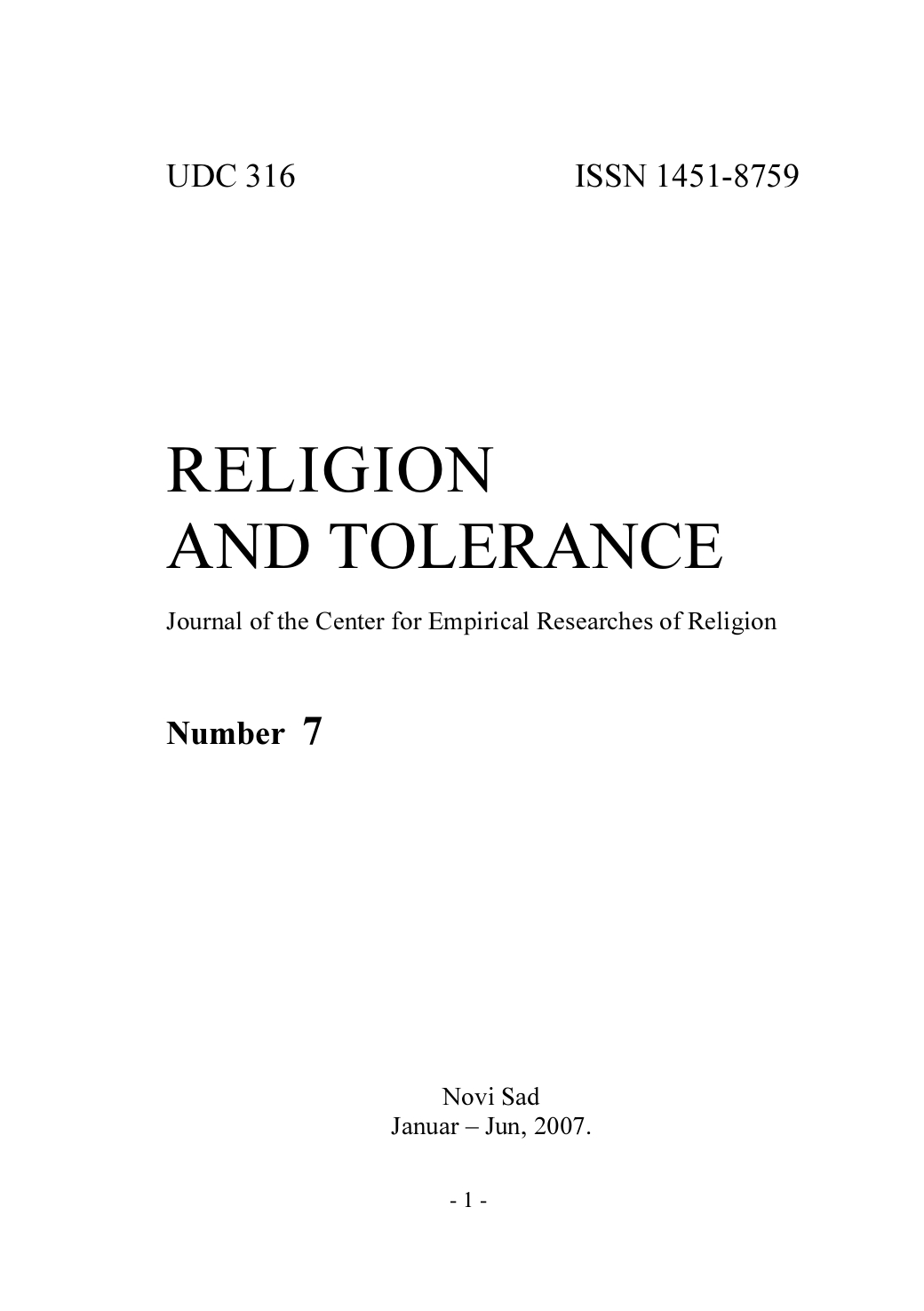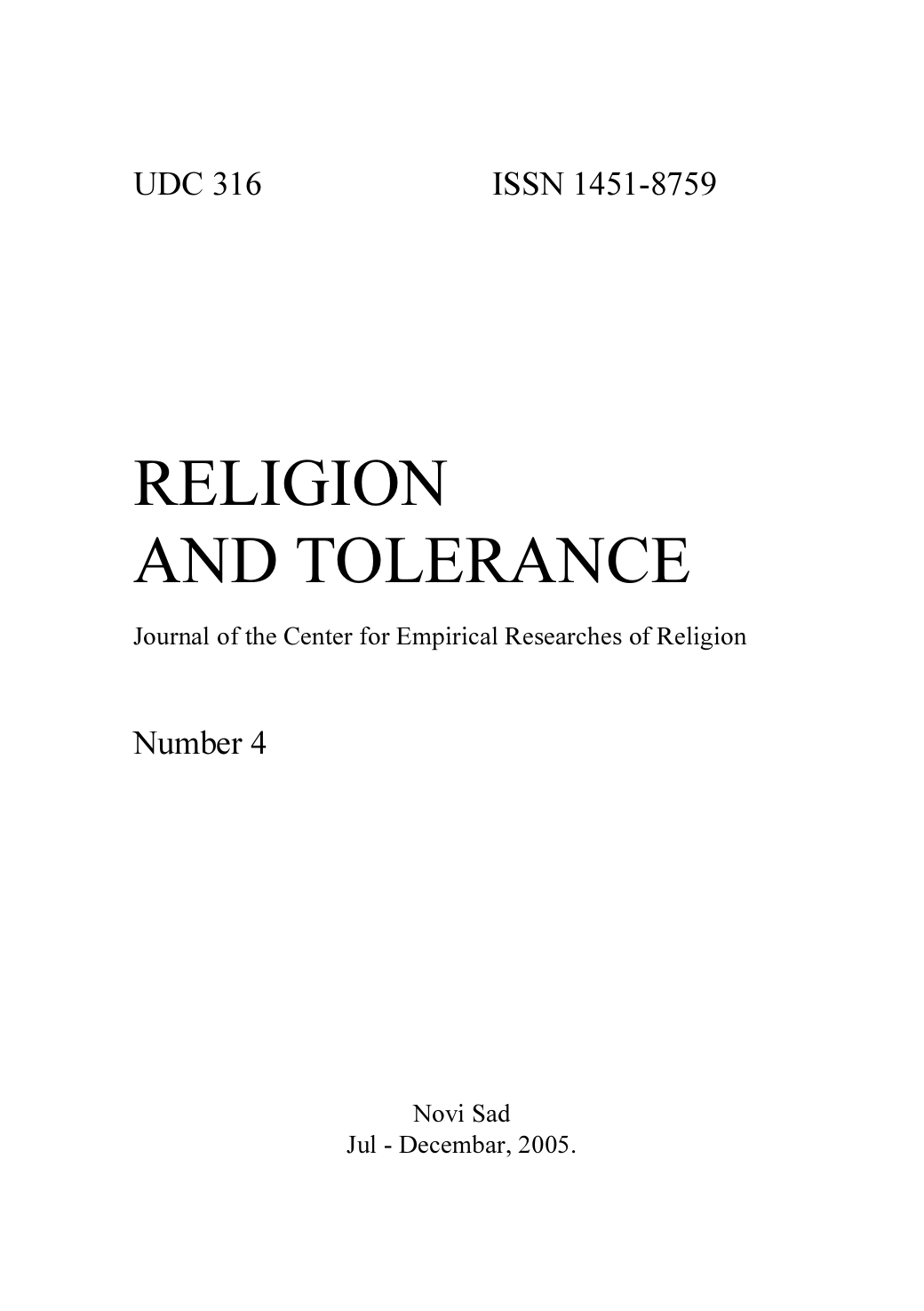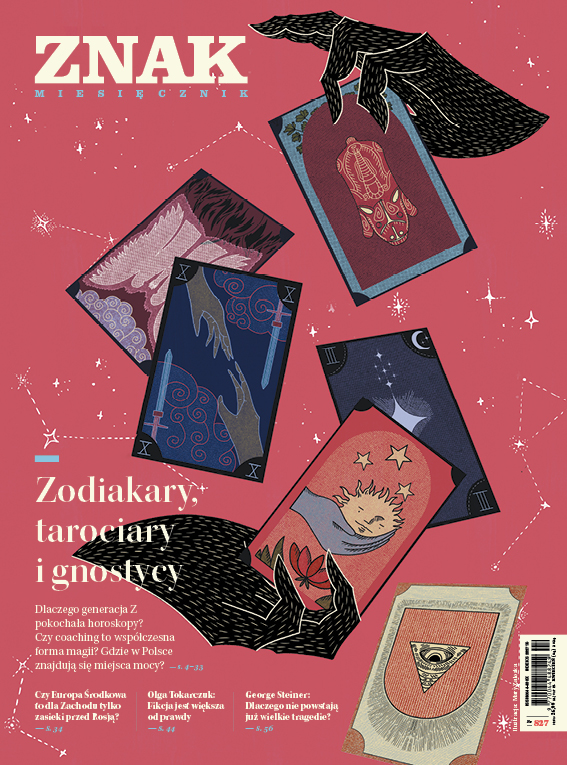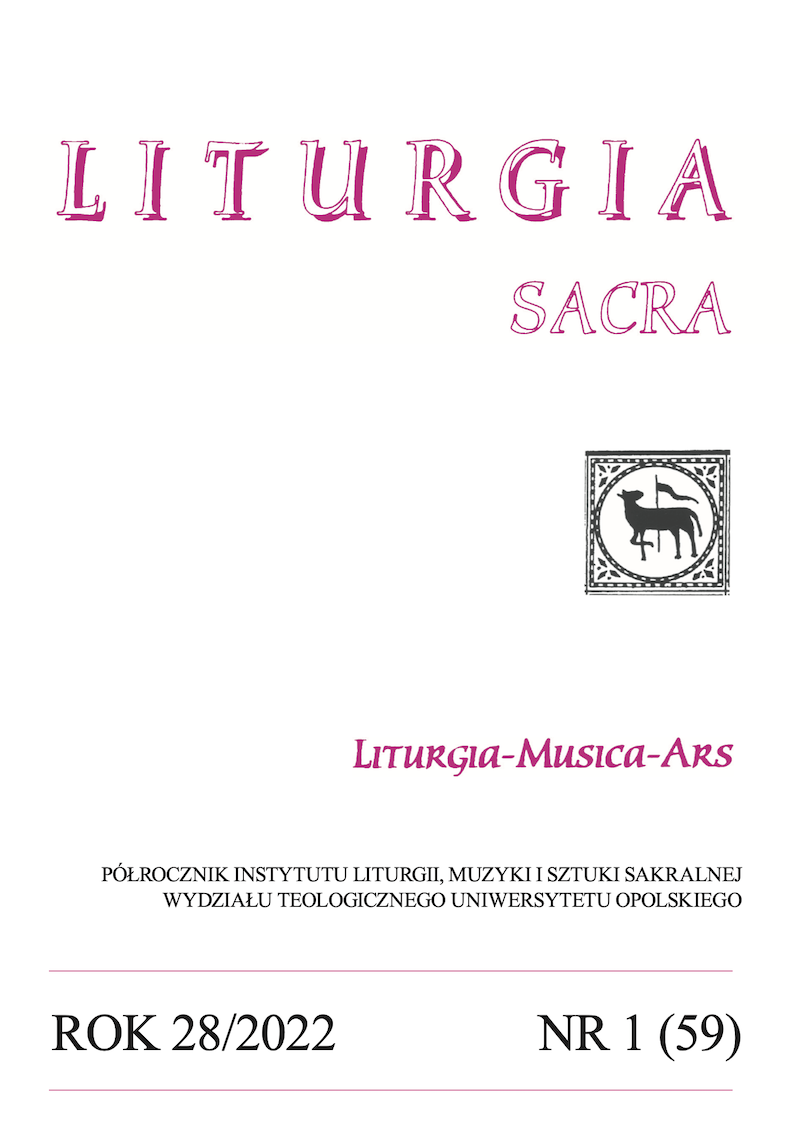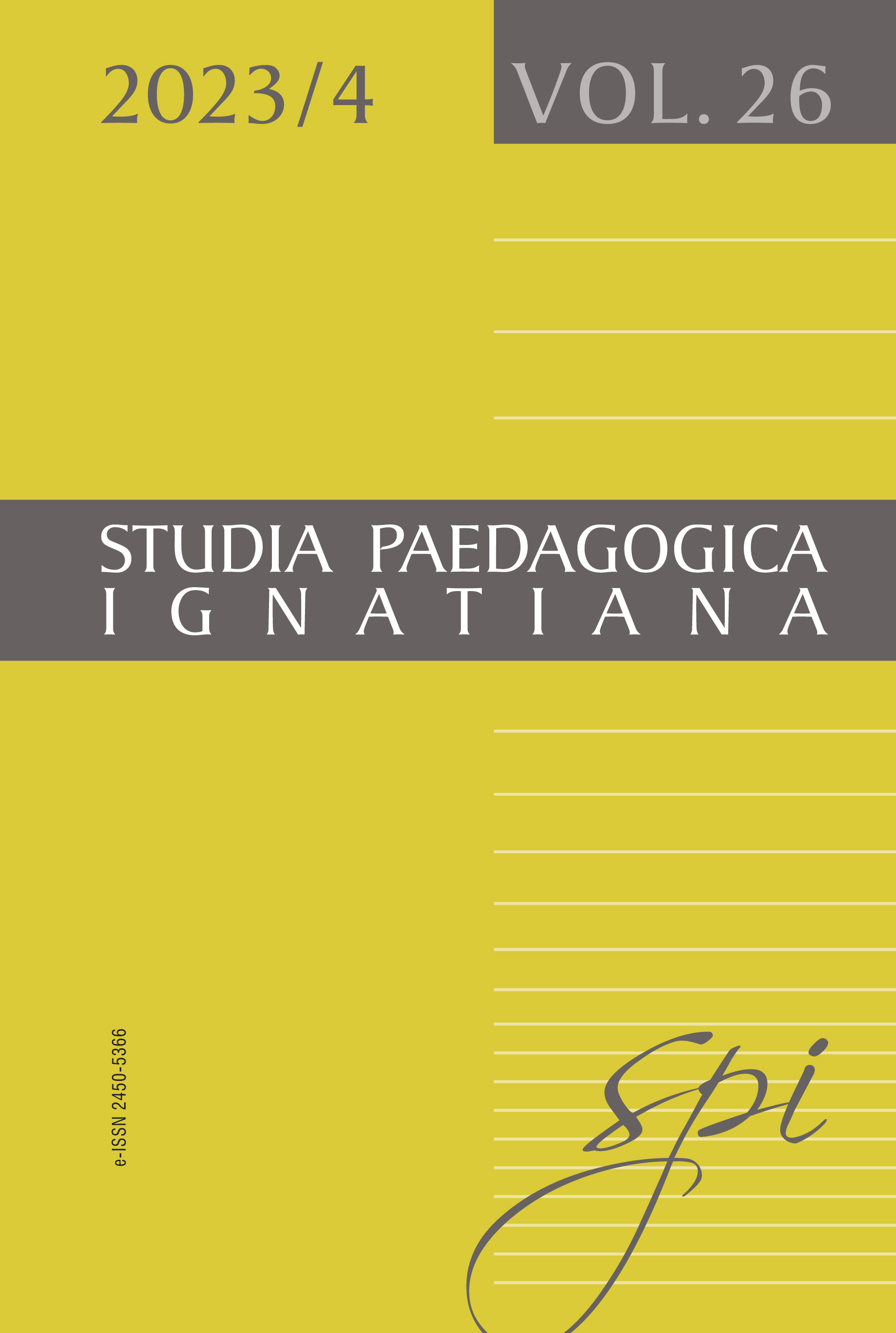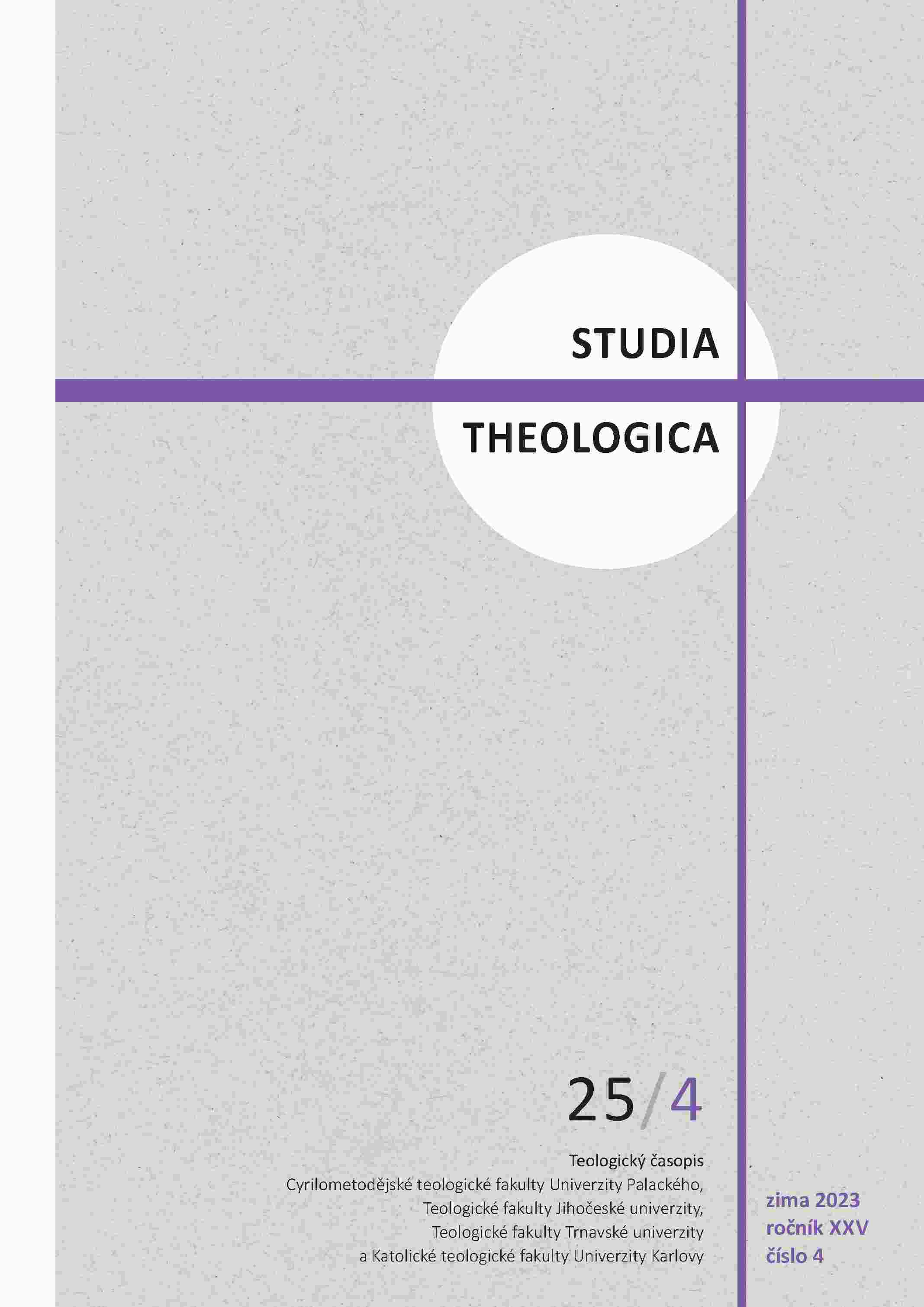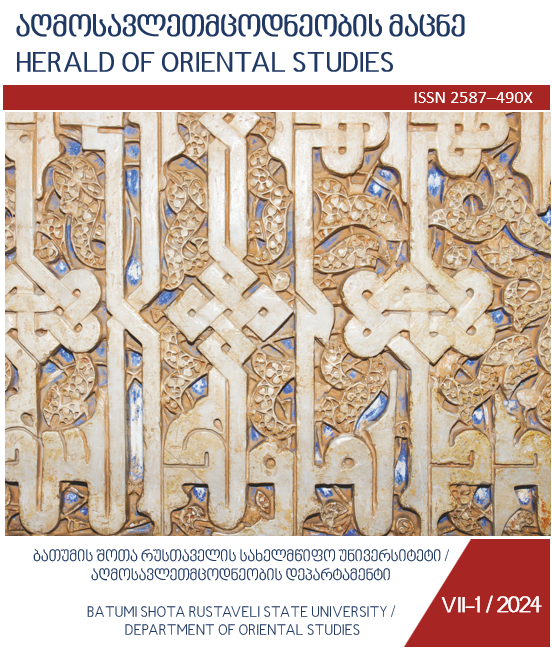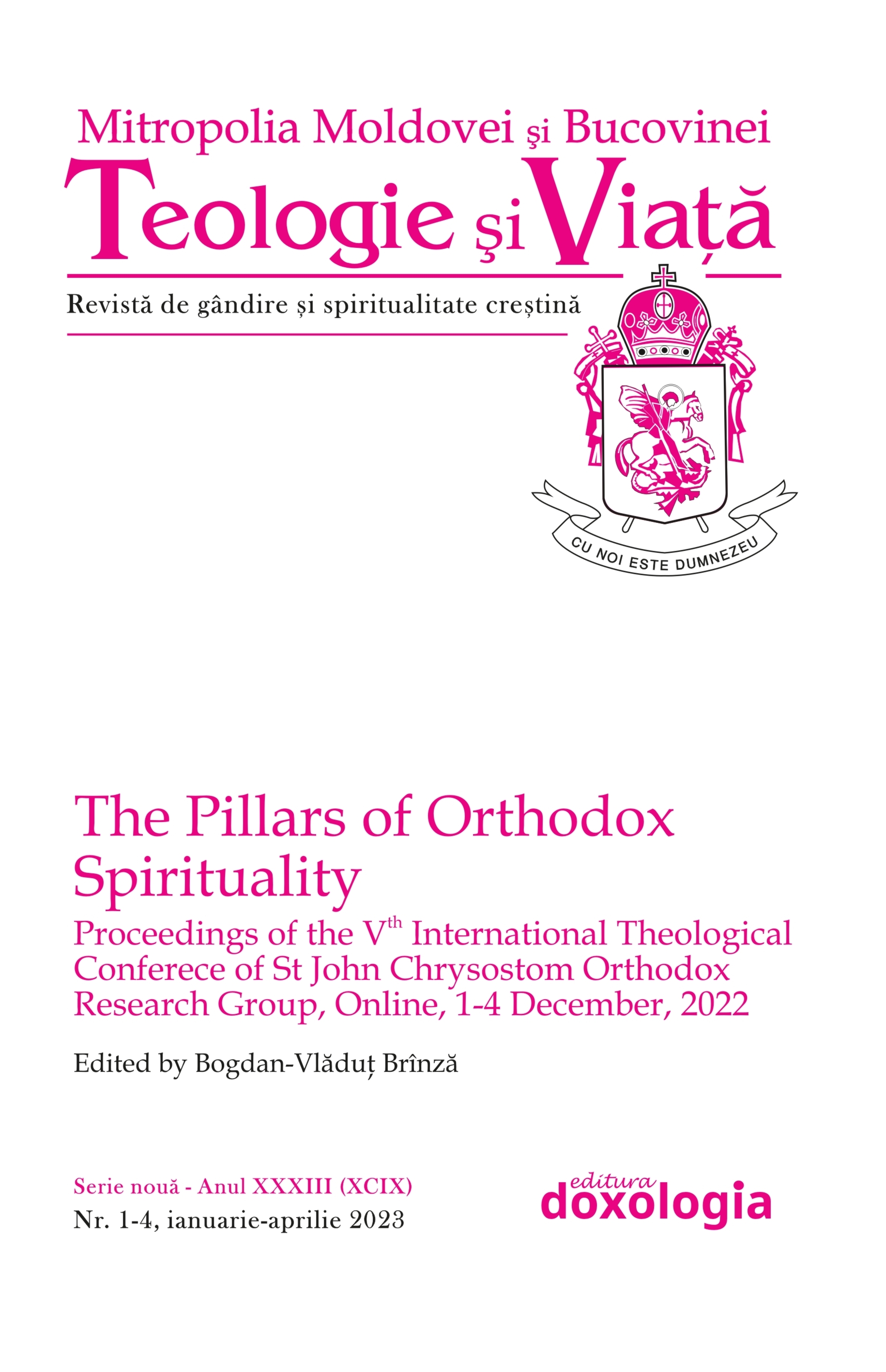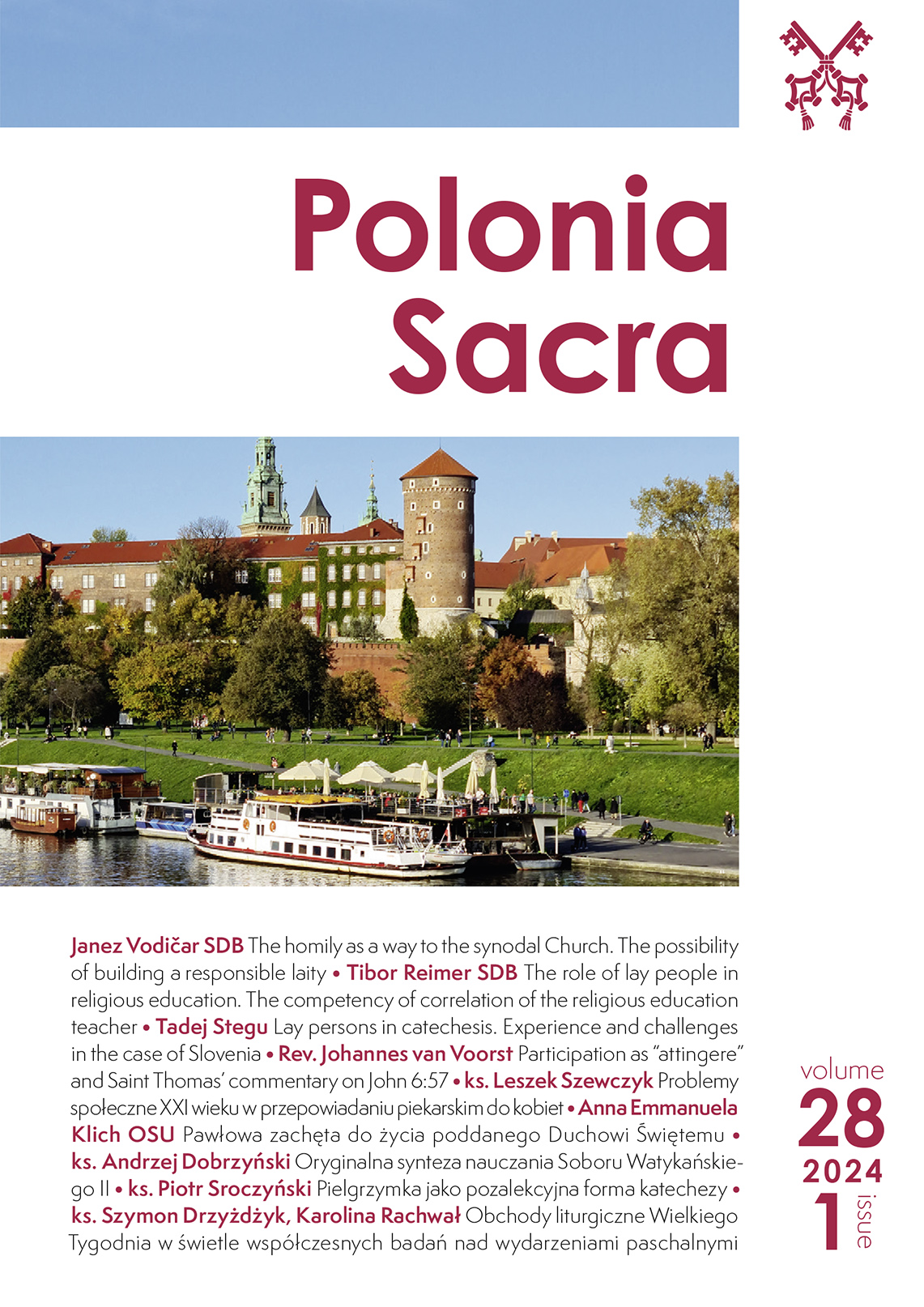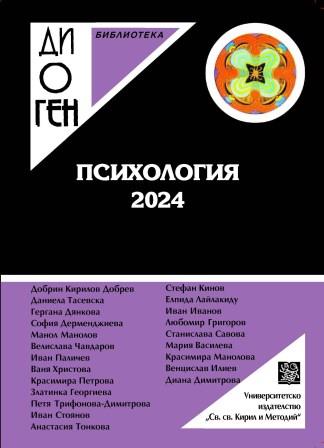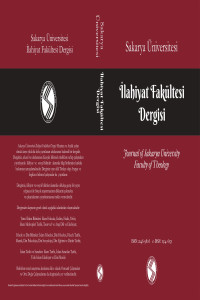Author(s): Esra İrk,Sümeyye Yıldırım,Ümran Erkorkmaz Çoban / Language(s): Turkish
Issue: 49/2024
Repentance is a concept that expresses a person’s regret towards his bad behavior, turning to God and correcting themselves. In other words, it means giving up one's sins with a firm determination and making an effort to exhibit righteous behavior. Repentance includes features such as regret, sincerity, awareness, determination to give up wrong behavior, and the continuity of good action at both cognitive and behavioral levels. Religious belief, religious feelings and thoughts, love and fear of Allah, expectations and concerns about death and the afterlife, and the accumulation of spiritual states under the influence of conscientious feelings and thoughts play a role in the process of repentance to a certain extent. The tendency towards repentance may occur suddenly or after long-term emotional experiences and inner experiences. In this respect, it can be said that the time of repentance is related to the person's awareness that he has committed a sin. In repentance, there is a mutual turning between Allah and the individual. While a person's giving up his sin and turning to Allah constitutes the individual aspect of repentance, Allah's acceptance of the repentance of his servant who turns to him constitutes the divine aspect of repentance. Based on the sincere regret felt after sin and the intention and effort to display good behavior after repentance, it can be said that repentance has a constructive and structuring contribution in human-to-human and human-to-God relations. Therefore, it is very important for every age group to understand the nature of the effect of repentance. Although there are studies examining the concept of repentance in the literature, no study has been found using metaphors on how this concept is perceived by university students and what are the underlying meanings of this perception. Therefore, it is thought that this study will contribute to this gap in the literature and be a guide for researchers. The main purpose of the research is to reveal university students' perceptions of the concept of repentance through metaphors. The study group of the research consists of a total of 174 students who are studying in various faculties of Bursa Uludağ University and Bursa Technical University during the fall semester of the 2023-2024 academic year. Of the participants in the research, 113 (%57,7) are female and 83 (%42,3) are male. In this study, the metaphor technique based on the phenomenology pattern, one of the qualitative research methods, was used. A semi-structured form was preferred as the information collection method. Data was collected via Google Forms. The questionnaire form used in the research consists of two parts. In the first part, there was a 4-item personal information form that included questions of age, gender, faculty type and grade level and purposing to reveal the demographic characteristics of the students. In the second part, there was a question asking the students participating in the research to produce metaphors in order to reveal their perceptions of the concept of repentance. In the research, participants were asked the question, "If you were to compare repentance to an image, what would it be like?", and they were requested to fill in the blanks to complete in the sentence, "Repentance is similar to... (metaphor), because....(metaphor reason)...". MAXQDA 24 program was used to analyze the data obtained, and a content analysis technique was utilized. At the end of the research, it was seen that 70 different metaphors were generated by 196 university students. In the research, two themes related to the metaphors produced regarding the concept of repentance were identified: The themes were religious function of repentance and the psychological function of repentance. For the theme of the religious function of repentance (%60,2), three codes were identified: Path to spiritual purification, encounter with the sacred, and stability to good behavior. What is meant by the metaphors collected under these codes is that repentance is seen both as a way for the person to purify his sins and as a tool for meeting the sacred, and that it provides a function to direct the person to correct behavior by drawing a line against the continuation of the sins committed. For the theme of the psychological function of repentance (%39,8), three codes were also identified. These codes were; psychological relief, a new beginning, and confrontation with oneself. It was observed that the participants who produced the metaphors listed under these codes saw repentance as a new opening, expansion and freedom area, and evaluated it as a healing and developing situation. It was expressed that repentance is an effective experience in controlling emotional and psychological stress sources. In addition, it was determined that the metaphors were concentrated in the codes of the path of spiritual purification, confrontation with oneself and a new beginning. The metaphor of “water” was the most repeated metaphor by 31 participants. After the “water” metaphor, purification (f=12), eraser (f=12), regret (f=11), apology (f=10), cleaning (f=10) and return (f=10) were the most repeated words.
More...
